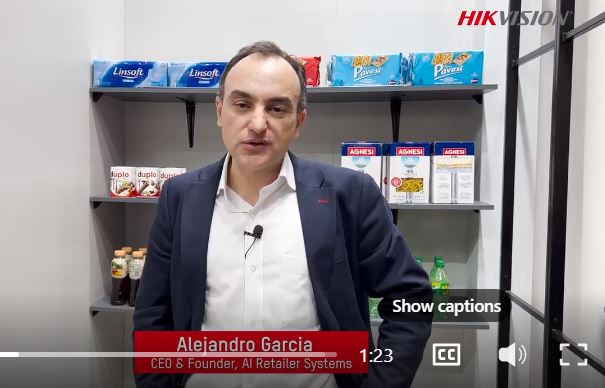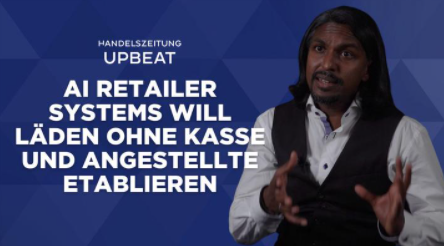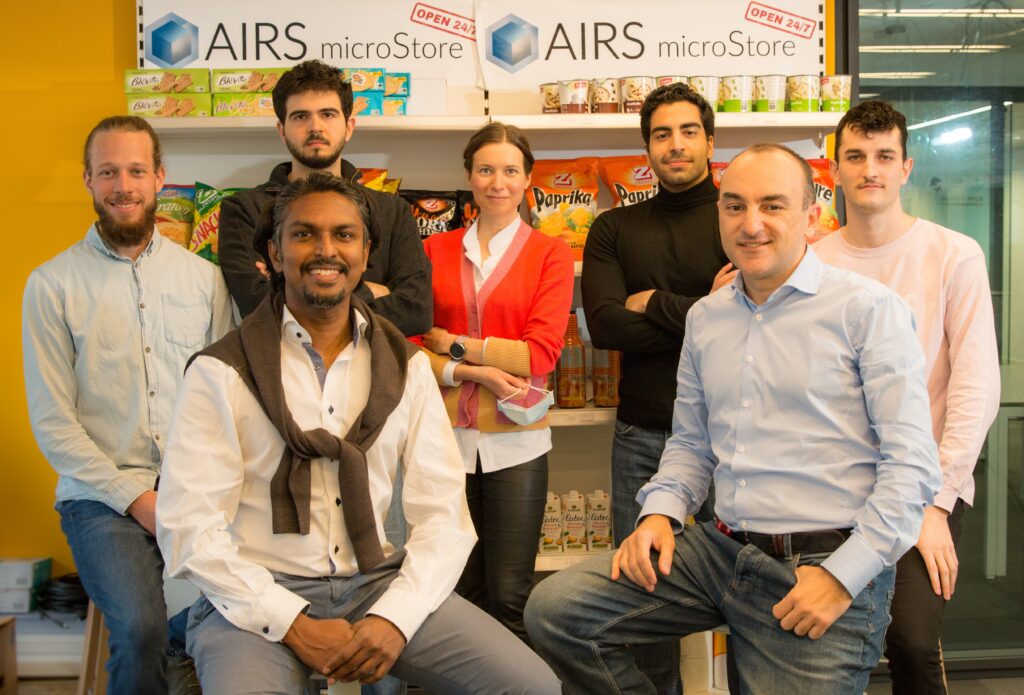Early 2018, Amazon’s Go format demonstrated that by combining computer vision, machine learning and a plethora of sensors, checkout-free stores are possible. However, even if Amazon may license its technology to others, retailers are better off seeking independent technology providers to build a unique in-store experience reflecting their brand values and avoid sharing their invaluable local market knowledge and their brand nuances with a competitor.
Over the last years, self-checkouts with scanning devices have reduced the length of queues and lowered operational costs in retail stores, but often at the expense of lower convenience for shoppers and an increase in stock losses. Studies have shown that stores equipped with fixed self-checkouts suffer between 31% and 60% higher stock losses compared to conventional stores with manned cashiers [1]. Besides fixed self-scanning based checkout solutions rob stores away from precious shelf-space. While Scan and Go (with a Scan Gun provided by the retailer) & consumer’s own Smartphone based scanning suffers from very low utilization rate (< 3% of all transactions) [1].
The checkout-free store
CV and ML have matured further meaning retailers can now automate the low-value cashier function and operate checkout-free stores economically for store formats <100 m2. Larger store formats, are likely to follow in some years as industrial camera prices and computing costs continue to fall.
The checkout-free store’s shopping experience can be implemented as follows:

Shoppers enter a store via a sliding door or a lane-based gate entry for single person or family access upon announcing a payment medium such as debit card, credit card or other mobile payment methods. Once in the store, the shopper can grab any product without scanning. The system will add these products automatically to the virtual shopping cart. Once finished shopping, the shopper just walks out the store and the system will automatically charge the accurate amount to the payment medium and issue a notification with shopping receipt.
The opportunity to run checkout-free stores has some very clear benefits for retailers and shoppers, such as:
- Convenient shopping — retailers can economically operate smaller stores closer to shoppers & 24/7, all year long, surely helping to yield higher sales. On the other hand, shoppers don’t have to stand in queues or scan items themselves with unfamiliar devices or scanning Smartphone Apps which also occasionally fail, leading to further shopper irritation. No need for queueing also helps ensure safer and hygienic shopping in case social distancing measures are enforced
- Store staff cost improvement — up to 80% for small stores. And on-site staff time can be used for more higher value functions, such as helping shoppers, replenishing stock and ensuring store cleanliness. Staff no longer have to be dedicated to one store but can attend to several nearby stores in an area.
- Reliability — accurate charging and privacy respecting at the same time, means a peace of mind for every involved party
- Shopping insights — shopper counts, for example to limit the number of simultaneous shoppers in the store at one time, or insights for more effective stock replenishment, product mix management and shelf optimization can be enabled
Perhaps the most important effect from the cumulative benefits checkout-free stores can enable is it allows retailers & small-scale producers to open new stores in locations where previously the incurred operating cost, either with manned cashiers or with self-scanning checkouts, would have prohibited economically viable operations. This possibility is what fascinates us most at AIRS to work & improve checkout-free technology. Our vision at AIRS is for a world where offline shopping is round-the-corner, always there for you and seamless. And we are working to empower retailers to deliver an in-store shopping experience that becomes the reason for shoppers to come back.
How checkout-free stores work
Fundamentally, the technical solution for a checkout-free store is to be able to accurately determine ‘who took what’. And we only need to go as far as knowing where to charge the transaction for the ‘who’ part, meaning a full identification of the person shopping is not required. There are several options for IoT sensors and technologies to achieve these. However solutions that rely on sensors installed directly on the shelves are costly and often require a full store retrofit, which drives up deployment cost or mean the return on recent investments for store furbishing are not maximized.
Hence at AIRS, we believe a CV-based solution can provide the most economical and flexible solution. High resolution video cameras, typically installed on the ceiling and other sensors can provide the required raw information on the customer and product interaction events in the store. The number of video cameras depends on the store layout and shelf-length with products on them. The video footage generated need to be treated in a manner that complies with the local laws for data protection and privacy (e.g. the General Data Protection Regulation, GDPR in Europe).
Contact us to understand better how a checkout-free or cashier-less solution could look like for you. Please reach us at contact@AiRetailerSystems.com to organize a meeting in our offices in Zurich or Bern, where we’d be glad to show you a functional demo store.
References
[1] “Self-Checkout in Retail: Measuring the Loss”, Efficient Consumer Response (ECR) Community — Shrinkage and On-Shelf Availability Group, Oct. 2018.
This article is an adaptation from the original print version that appeared as a guest article on the Store Mag January 2020 Edition, published by StoreConcept, Härkingen






